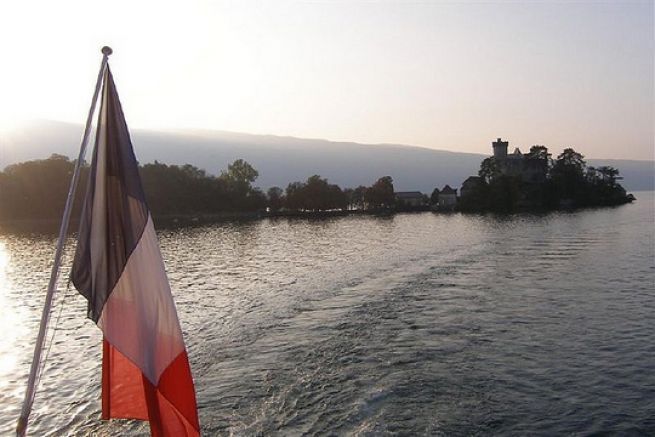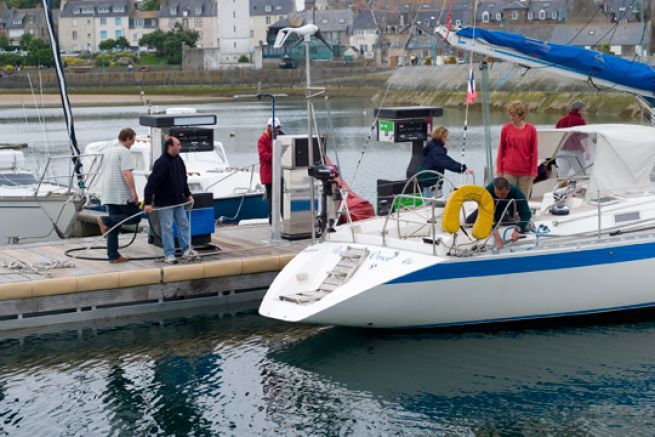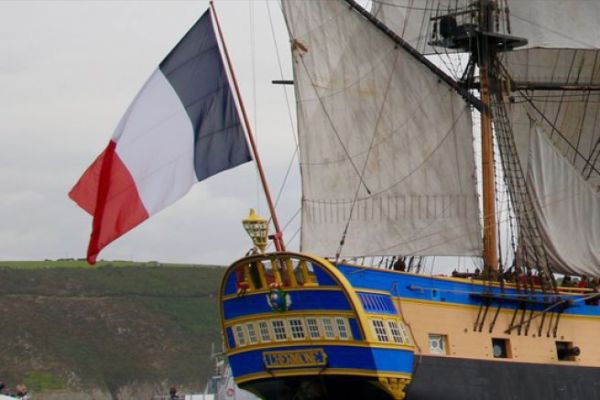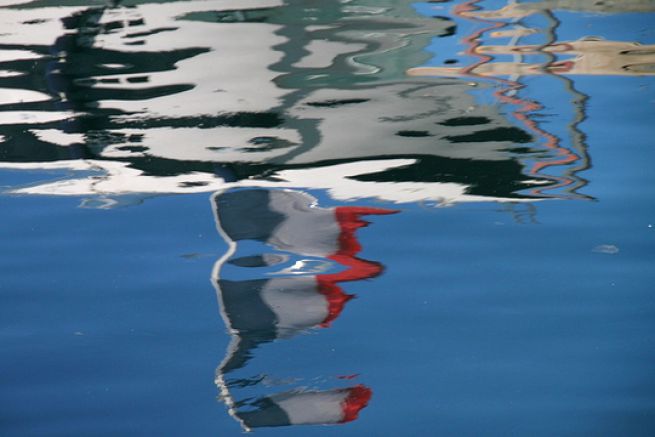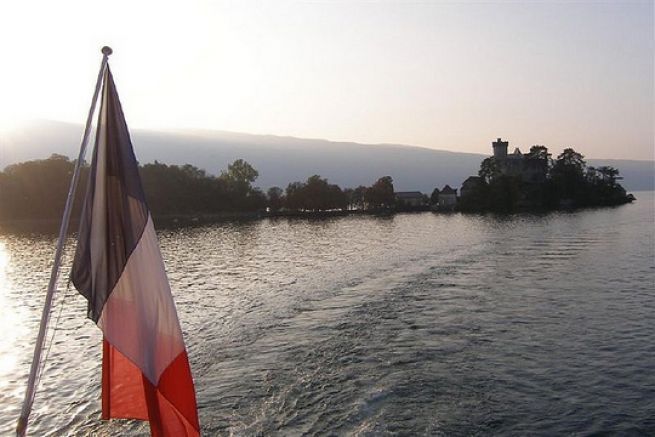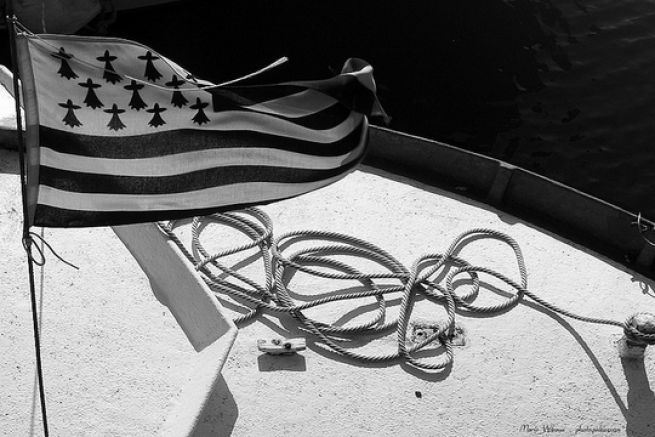The national flag is compulsory and must be fixed to the top of the mizzen mast (for yachts with several masts), or to the stern of the boat, on a specific flagstaff or mast, inclined slightly aft.
"The canvas must be flush with the water"
Ideally, it should be attached to a halyard so that it can be raised in the event of a salute. " Few people know this, but the national flag has to be fixed so that when there's no wind, the canvas is flush with the water", explains Jean-Pierre Clech, a member of the Marin Breton Board of Directors. It must therefore be proportional to the size of the boat, and be the largest flag on board.
It's compulsory, because the boat is a part of the national territory, and must therefore wear the colors of its country to show that it belongs there.
The French national pavilion
Another requirement is that the national flag must respect a certain proportion of color. For the French flag :
- the blue must occupy 30% of the width,
- 33% white
- and red 37%.
These proportions are defined in this way, because when the flag flies in the wind, the three colors must be evenly distributed, as the blue is more visible than the red, since it is attached to the mast.
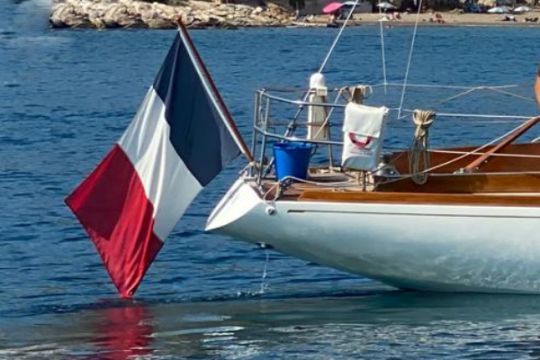
Know that it is very rare for yachtsmen to fly a suitably sized flag respecting these proportions. Most national flags are those used for town halls, not boats.
Regulations in Division 240, which came into force on 1 er may 2015, it's stipulated that the national flag must be worn in international waters (it wasn't before) as well as on Sundays, public holidays and legal holidays, when there's someone on board.
When the boat is no longer occupied, you must pick up your flag . Finally, it must be hoisted at daybreak (8 a.m.) until 8 p.m. or sunset. At sea, it must be hoisted to identify the boat, i.e., at harbor entrances and exits and in view of warships, French or foreign vessels, surveillance vessels or maritime police.

 /
/ 